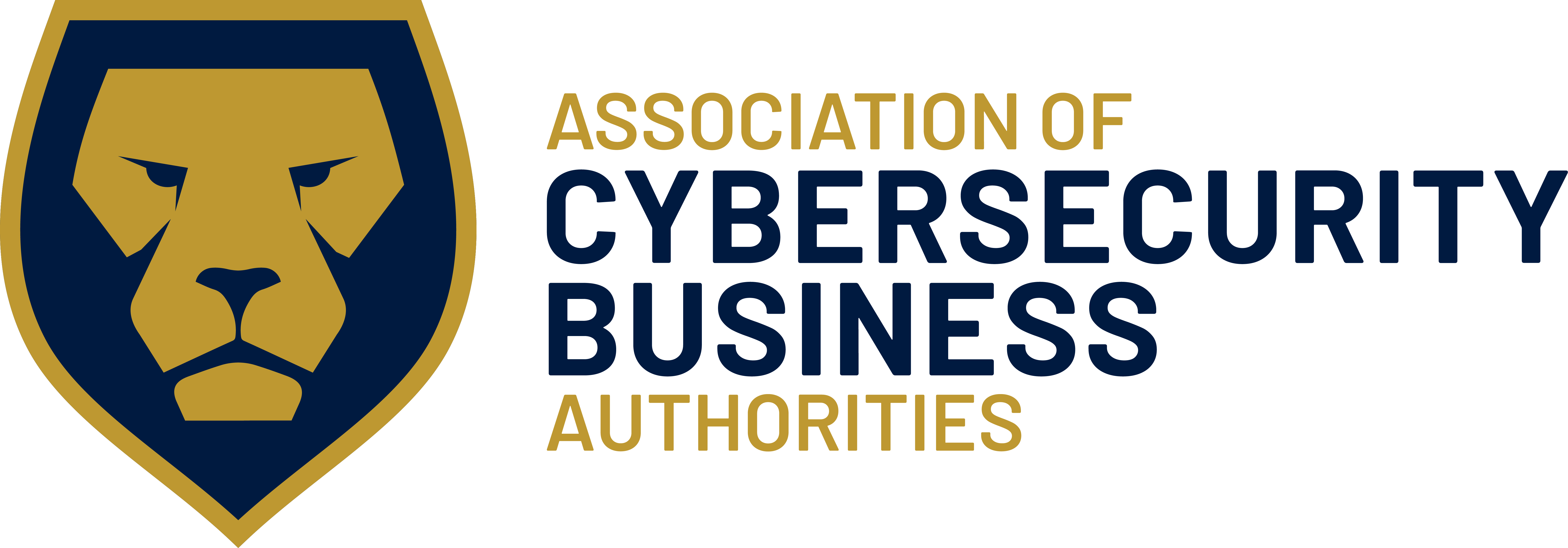Hi, everyone. This blog post is about something very important in our digital age: security awareness training.
Since you’re reading this blog, I imagine you already know how we at Sterling Ideas feel about the importance of safeguarding your company through secure IT management. Cyber threats are getting more sophisticated every day, and it’s crucial that we all stay ahead of the curve when it comes to our technical infrastructures.
But did you know that human error is important to take into consideration, too? Yep, according to the latest 2024 Data Breach Investigations Report | Verizon, that’s the case. Verizon found that human error was the cause of 68% of data breaches they studied. It’s so startling, they made it one of their four Key Takeaways for the 2024 report.
This statistic highlights just how vital it is to have a solid security awareness training program in place.
Why Security Awareness Training Matters
Think of a Security Awareness Training Program as your first line of defense against cyber threats.
Your trusted IT provider can lock your IT environment down with security protocols, monitor it like crazy, and deploy the best anti-phishing software there is, but if your staff aren’t trained to protect your company, your company is vulnerable.
Plus, we think it’s just plain wrong to provide tools (like computers) to staff members but not train them in how to use the tools properly. The fact is, cyberattacks often come through email or other scams. It’s only right, then, to train employees to spot these schemes. With proper training, they not only protect their own jobs but all the company as a whole.
The Flaws of One-Time Training
While many companies understand the need for security awareness training, it’s often too brief and infrequent. It’s usual for us to hear about companies where employees get just 30 minutes to an hour of training once a year. This sporadic approach isn’t enough to instill a lasting security mindset. To truly build a culture of cybersecurity, training needs to be ongoing. Regular sessions throughout the year can reinforce important concepts and keep up with the ever-changing threat landscape. Frequent engagement keeps security top-of-mind for everyone, reducing the risk of complacency and human error.
We can’t emphasize enough that your goal should be to create a whole culture where the company’s security is a top priority.
Leadership Support
If you agree with everything we’ve said above, it’s a great sign! In fact, a successful security program starts with strong leadership support. Leaders need to be the champions of their company’s security awareness training program, participate eagerly, and make sure everyone understands just how important the training is. When leaders are visibly committed, it sets a tone that encourages everyone else to get on board.
As you read the sections below, we may mention your staff members and their engagement with the program, but remember – your engagement is first and foremost.
Understanding User Responsibilities
Every single staff member has a role to play. As users who have access to organizational information, staff members must adhere to policies governing the use of IT resources, use the resources appropriately, and report any suspicious activities. Clear communication about these responsibilities is essential to ensure everyone complies.
This is why every company should have policies and procedures in place and teach them regularly. You can’t hold staff members accountable for policies and procedures they don’t know about.
(By the way, having a Minimum Use Policy, or Policy of Least Privilege, is vital. Staff should only have access to the information they need to do their jobs. This protects the data, the company, and the staff member.)
But Where Do You Get This Training?
There are plenty of options out there, but it’s important to pick a program that meets established standards, keeps up-to-date with the most current cyber threats, and offers a regular cadence of interesting new material. There’s no use spending a lot of money on a training program that isn’t effective because your staff members won’t engage with it.
You know your staff. If anime is their thing, there are tons of companies that use anime for their training videos. If they need real-life examples instead of animated content, there are companies that offer that kind of training, too. If your staff really responds to in-person training, great; just realize, in-person is the most expensive kind of security training.
Engaging Methods and Materials
To keep content fresh and engaging, effective training programs use a variety of methods. These can include videos, email messages, posters, and interactive sessions. For example, short videos (5-7 minutes) on specific topics can be a powerful tool to maintain employees’ interest and improve knowledge retention.
Sterling Ideas Training
At Sterling Ideas, we’ve based our training program on guidelines from NIST, the National Institute of Standards and Technology. This firm foundation allows us to deliver the knowledge we’ve acquired over decades in the industry in a fun and engaging manner that really hits home with staff members.
We don’t believe in a once-a-year program; our training comes out quarterly but can be delivered monthly. With additional training from our weekly newsletters, frequent blog and social media posts, and timely email alerts, every one of our clients receives meaningful content on a consistent basis.
We believe training should benefit both your staff members’ professional and personal lives, which happens to keep engagement high. We know everyone is busy, and truth be told, adding security training on top of everything else isn’t exactly thrilling. We get it. That’s why we offer regular, bite-sized, and enjoyable sessions to capture everyone’s attention and help keep companies safe.
Conclusion
Implementing a Security Awareness Training Program isn’t just about checking a box; it’s a strategic necessity. By fostering a culture of security awareness, we can significantly reduce the risk of security incidents caused by human error. Continuous education and training are essential in today’s cybersecurity landscape.
Interested in hearing more about the Sterling Ideas Security Awareness Training Program? Email JoAnn Gardner at joann@sterlingideas.com or fill out the Contact Form here.
Thanks for reading, and stay cyber-safe!





